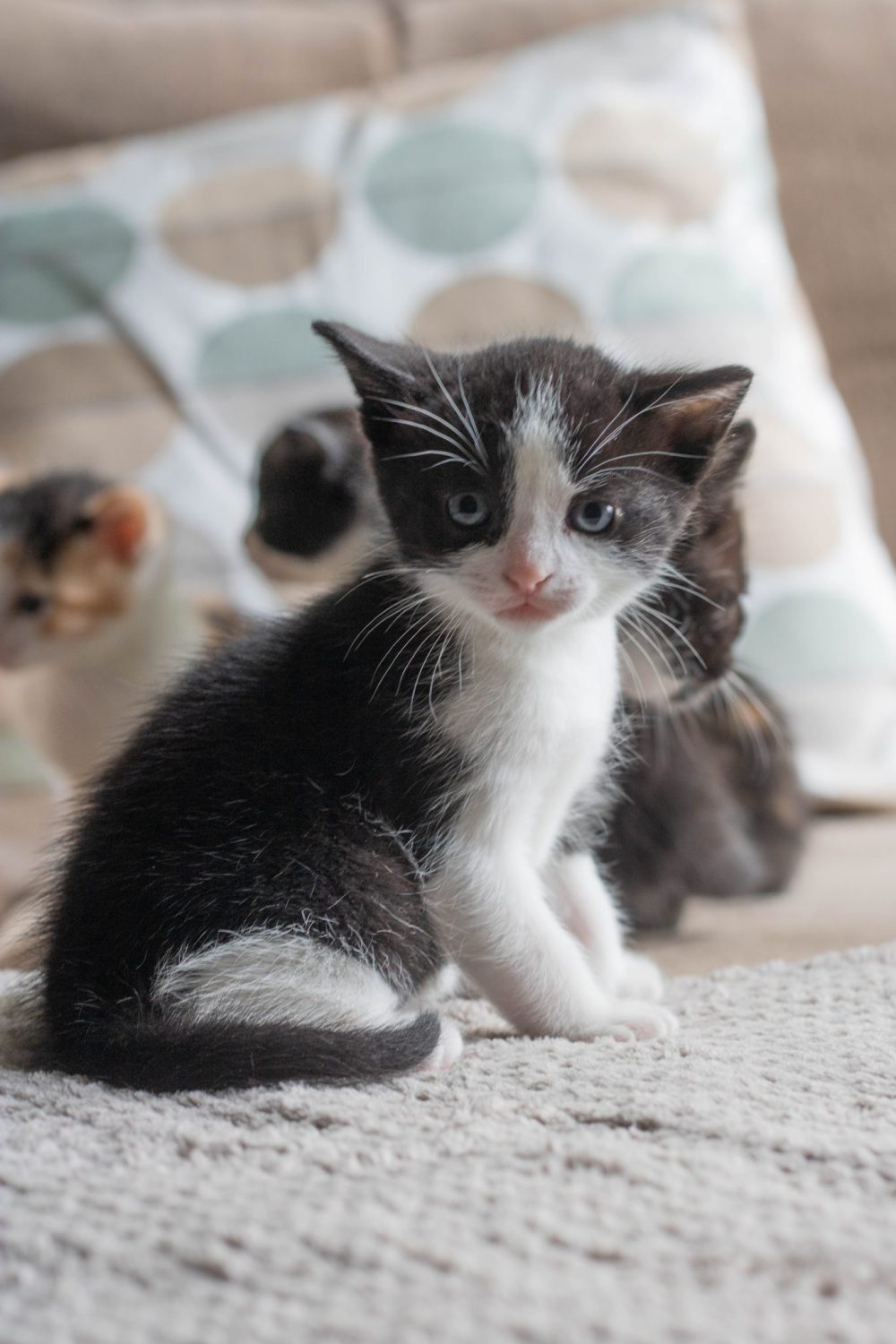Animal rescues decry lack of funding, resources
Advertisement
Hey there, time traveller!
This article was published 23/02/2023 (928 days ago), so information in it may no longer be current.
Lori Monastyrski didn’t mean to start an animal shelter.
It was August 2021 and she had rescued Mufasa, a stray cat from the streets of Steinbach. Three weeks later, he died.
Fast forward three months, she rescued Trooper, a stray with feline leukemia. At the time, Monastryski was advocating for changes to laws relating to animal neglect in Manitoba, but didn’t intend on housing any more animals in need.

It was rescuing Trooper which sent her into shelter territory.
“I promised the cats they would not die in vain,” Monastryski, who goes by Autumn Rain, said.
Located on the outskirts of Ste Anne, Paws for a Cause is an animal rescue focused on rescuing, rehabilitating and adopting out feral and stray cats.
While most shelters focus on rescuing abandoned kittens, cats and new mothers, the majority of Monastryski and Paws for a Cause’s rescues are feral.
“They’re the least likely to be looked after, because nobody wants to deal with them,” she said.
“When you see a feral cat transition into a house cat, it’s just not something you give up on.”
Paws for a Cause currently has 130 cats in care and have adopted out 13 since 2021, all on their own dime and through community donations.
Like many other volunteer-based rescues in the province, Paws for a Cause struggles with finding fosters and financing veterinary appointments.
More than that, Monastryski takes issue with the lack of resources for rescues in the province.
“The province needs to bring in affordable spay/neuter clinics to rural areas, not just the city,” she said.
The rescue takes in animals from across the province, but the issue of stray and feral cats is acute in the Southeast, Monastryski said, adding cats from Hutterite colonies and rural farms are often not spayed or neutered.
While rescues across Manitoba offer low-cost spay/neuter programs, there’s no provincially-regulated program to assist in such services.
The Winnipeg Humane Society offers their SNAP program, an affordable spay/neuter option for low-income earners with adopted animals. Eligible residents within Winnipeg city limits can have their animal spayed for $20 while out-of-towners pay $50 for neuters and $60 for spays.
Monastryski speculates the homeless cat population in the region is increasing due to restrictive animal bylaws.
In the RM of Ste Anne homeowners can have up to four cats over the age of six months, but can apply to have more. In Steinbach, a one or two-family dwelling can have a maximum of four household pets, regardless of species.
“Municipalities need to step up and help out because we are saving them costs from having to pay out to animal control,” Monastryski said.
Recently the rescue took in a litter of 25 cats from Steinbach and Area Animal Rescue when the Steinbach-based shelter couldn’t find fosters.
“We did it on no sleep and missed Christmas.”
Rescuing and caring for feral and semi-feral cats is difficult for SAAR due to a lack of homes willing to assist in rehabilitating them, Adoption Coordinator Sandra Watson said.
“What we really need to see is funding for TNR (Trap, Neuter, Return) programs for the area,” she said.
The Humane Society in Winnipeg runs a TNR program for feral or homeless cats but there are no province-wide programs available.
Like Paws for a Cause, SAAR relies on donations for funding and leans on Rural Animal Management Services to take in animals they can’t. Watson said provincial funding for spay/neuter programs would not only decrease the likelihood of stray, semi-feral and feral cat populations, but it would ease up financial burdens so the rescue can focus on building a shelter for long-term sustainability of the organization.
SAAR currently has 56 animals in rescue, 46 of which are cats. In the RM of Ste Anne, six feral cats have been picked up in the last six months.
Watson agrees municipalities should dedicate a portion of their annual budget for nonprofit animal rescues.
“Without these organizations, the stray cat population will continue to increase as a problem in the communities.”
As for Paws for a Cause, Monastryski will continue to rescue and rehabilitate, whether its on her dime or the donation of someone else.
“We are still fighting for change. We are still the voice for those who can not speak.”
